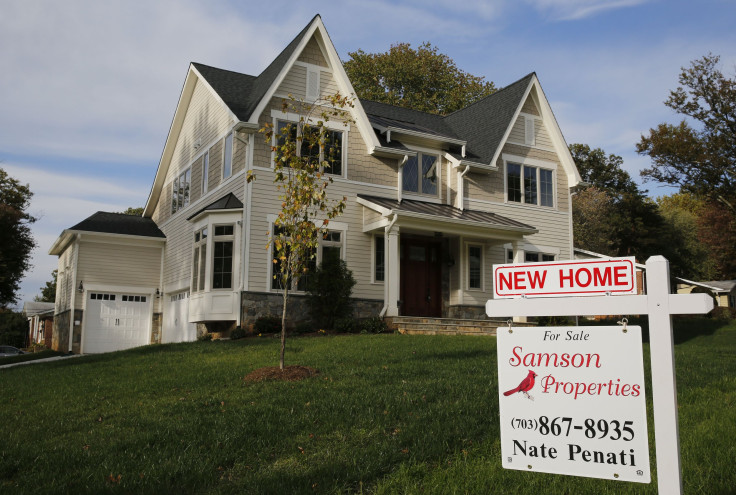Rebound In South Powers US New Home Sales In May
WASHINGTON - Sales of new U.S. single-family homes increased more than expected in May as sales in the South surged to their highest level in nearly 11 years.
The Commerce Department said on Monday new home sales jumped 6.7 percent to a seasonally adjusted annual rate of 689,000 units last month, the highest level since November 2017. April’s sales pace was revised down to 646,000 units from the previously reported 662,000 units.
Last month’s surge in new home sales unwound April’s drop. Economists polled by Reuters had forecast new home sales, which make up 11 percent of housing market sales, rising only 0.7 percent to a pace of 667,000 units in May.
Sales in the South, which accounts for the bulk of transactions, rebounded 17.9 percent to a rate of 409,000 units in May, the highest level since July 2007. The increase ended two straight months of declines.
Sales tumbled 10.0 percent in the Northeast and dropped 8.7 percent in the West. They were unchanged in the Midwest.
New home sales are drawn from permits and tend to be volatile on a month-to-month basis. They increased 14.1 percent from a year ago. New home sales are getting a boost from an inventory crunch in the market for previously owned houses.
A report last week showed existing home sales falling for a second straight month in May.
Supply has lagged strong demand for housing, which is being driven by a robust labor market, leading to a sharp increase in home prices. Economists say high mortgage rates so far do not appear to be dampening demand.
The 30-year fixed mortgage rate averaged 4.57 percent last week and has risen more than 50 basis points this year. Further increases are likely after the Federal Reserve raised interest rates earlier this month for a second time this year and forecast two more rate hikes by the end of the year.
U.S. stocks were trading sharply lower on Monday on investor concerns about escalating tensions between the United States and its trading partners, while prices of U.S. Treasuries rose. The dollar was slightly weaker against a basket of currencies.
MEDIAN PRICE FALLS
The median new house price fell 3.3 percent to $313,000 in May from a year ago. That was the lowest price in a year. The drop in new home prices is likely to be temporary.
There were 299,000 new homes on the market in May, up 1.0 percent from April. Supply is just over half of what it was at the peak of the housing market boom in 2006.
Builders are struggling with higher lumber prices as well as labor and land shortages. A survey last week showed confidence among single-family homebuilders dipped in June, with builders “increasingly concerned that tariffs placed on Canadian lumber and other imported products are hurting housing affordability.”
The Trump administration in April 2017 imposed anti-subsidy duties on imports of Canadian softwood lumber.
Residential investment contracted in the first quarter and economists expect housing will subtract again from gross domestic product in the second quarter.
The housing market is lagging overall economic growth, which appears to have regained speed in the second quarter after slowing at the start of the year. Growth estimates for the April-June period are as high as a 4.7 percent annualized rate. The economy grew at a 2.2 percent pace in the first quarter.
At May’s sales pace it would take 5.2 months to clear the supply of houses on the market, down from 5.5 months in April. Nearly two-thirds of the houses sold last month were either under construction or yet to be built.
Reuters
Reporting by Lucia Mutikani; Editing by Paul Simao

© Copyright Thomson Reuters 2024. All rights reserved.











